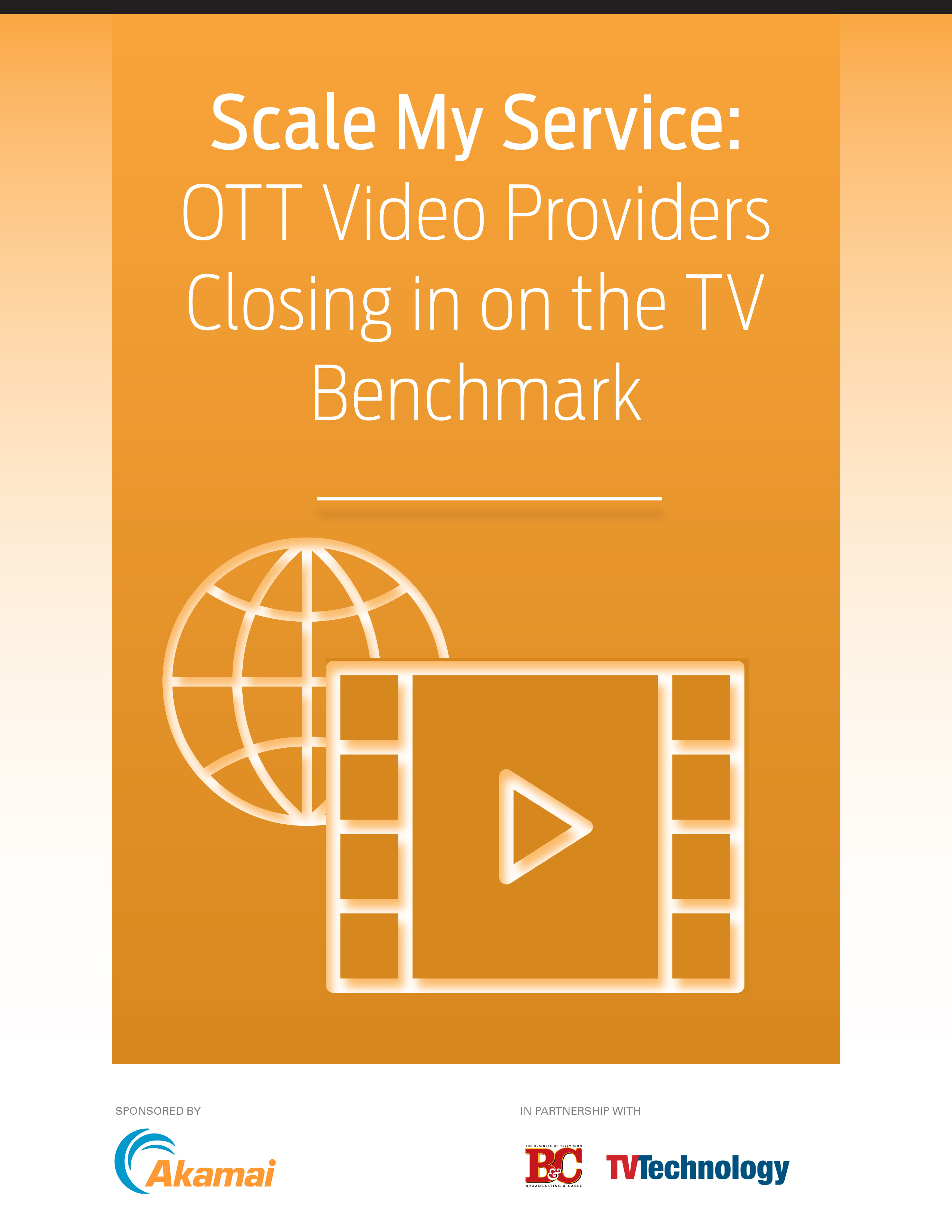OTT Video Providers Close in on the TV Benchmark

Executive Summary
For online video service providers (OVSPs), the emphasis has moved away from SVOD services toward live and linear services. Sixty-three percent of the OVSPs we spoke with have live and linear channels as a significant part of their offering.
In the US, advertising is the primary revenue source for services. In the UK, most of the survey participants were from free service providers, like public broadcasters. Pay-per-view and electronic sales are unpopular monetization models on both sides of the Atlantic.
In a clear sign of market maturity, the percentage of US OVSPs that have set key performance indicator goals for their service has increased from 45 percent in 2017 to 65 percent in our latest survey. Over half of UK OVSPs also have KPIs in place. They are setting performance goals in the areas of video resolution, video performance, service uptime, and consumer experience.
Seventy percent feel their service is meeting or exceeding at least some of their KPIs, with 20 percent meeting all of them. Two-thirds of US operators say it’s relatively easy to set realistic KPI targets.
Operators in the UK are more circumspect: 39 percent find it easy to set KPI targets. No matter how OVSPs think they’re doing against their KPIs today, they are optimistic for the future. Fifty-five percent believe the quality and reliability of their online service already meet or exceed the quality and reliability of traditional television or will do so within the next six months.
A third of OVSPs put their complete faith in their ops teams to monitor the performance of their service. A quarter completely trust their video platform provider to monitor their service. Only 23 percent recognize that monitoring is the joint responsibility of the ops team and the video platform provider.
The smarter way to stay on top of broadcasting and cable industry. Sign up below
Nearly half of service managers have an online dashboard that they use to monitor the performance of their service. A third get a regular report emailed to them.
Social media is a critical tool in the monitoring of service performance. Over two-thirds of OVSPs monitor social media at least daily, and a third monitor social sites continuously. Such crowdsourcing of service management is a risky strategy.
Three-quarters of survey participants say start-up time is one of the most important quality parameters, ranking it eight or above on a 10-point scale. The following quality parameters are also critical for participants: buffering (70%), live latency (66%), and bitrate (58%).
Many among our survey group have services that scale to deliver to extremely large audiences. Twenty-four percent of UK respondents and 21 percent of US respondents expect a million or more concurrent users. The US sample included a larger group of smaller services, with 41 percent expecting fewer than 10,000 concurrent users.
Although three-quarters of the respondents say that streaming accounts for 10 percent or less of service costs, nine out of 10 say it’s very important to minimize streaming costs. When it comes to paying for the streaming costs, most OVSPs prefer to pay for the bandwidth they use rather than paying on some other basis (for example assets under management.)
